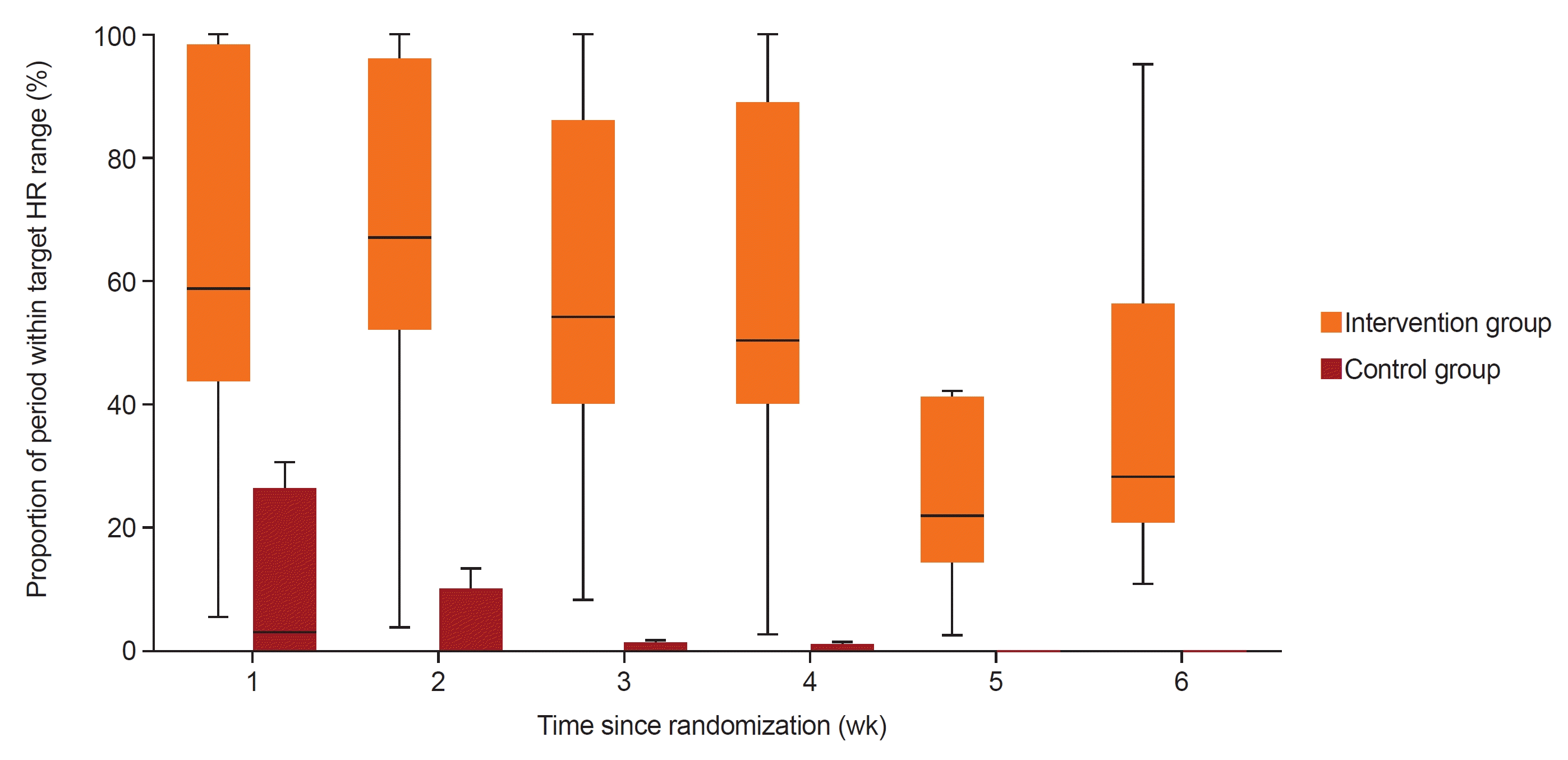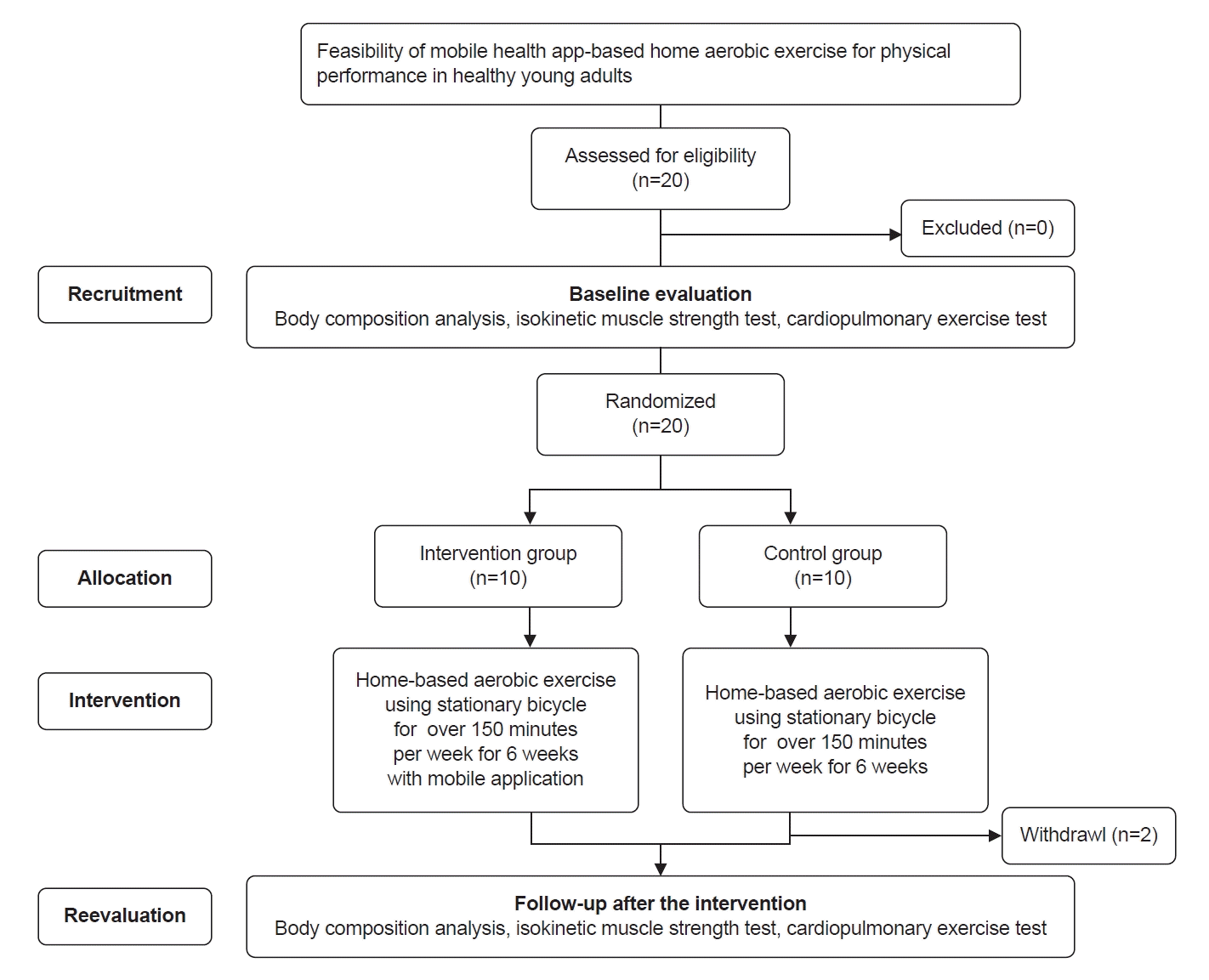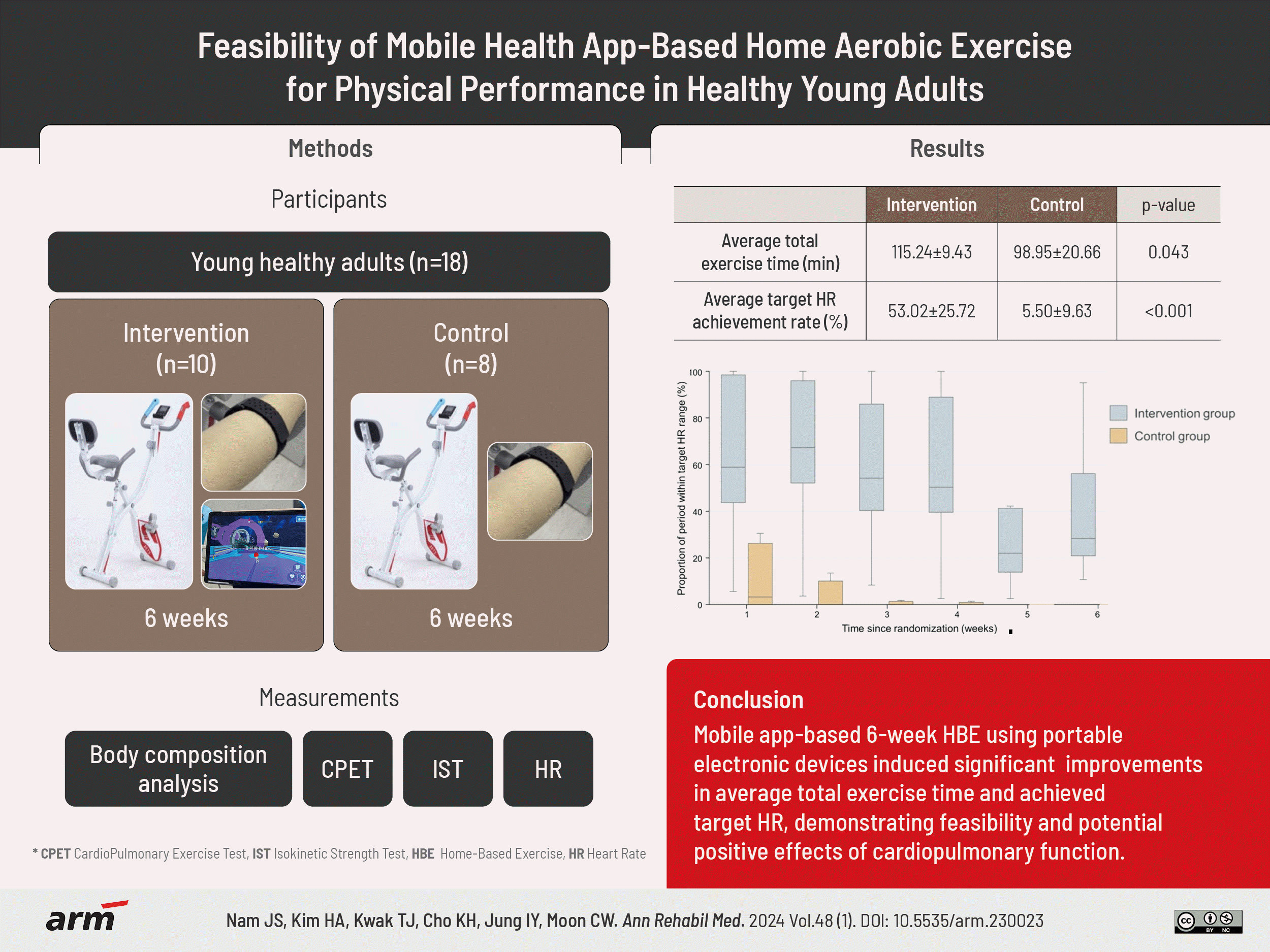1. U.S. Department of Health and Human Services. Physical activity guidelines for Americans. 2nd ed. U.S. Department of Health and Human Services;2018. p. 1–118.
2. da Silveira MP, da Silva Fagundes KK, Bizuti MR, Starck É, Rossi RC, de Resende E Silva DT. Physical exercise as a tool to help the immune system against COVID-19: an integrative review of the current literature. Clin Exp Med. 2021; 21:15–28.
3. Park JH, Yoo E, Kim Y, Lee JM. What happened pre- and during COVID-19 in South Korea? Comparing physical activity, sleep time, and body weight status. Int J Environ Res Public Health. 2021; 18:5863.
4. Kyle UG, Gremion G, Genton L, Slosman DO, Golay A, Pichard C. Physical activity and fat-free and fat mass by bioelectrical impedance in 3853 adults. Med Sci Sports Exerc. 2001; 33:576–84.
5. Bradbury KE, Guo W, Cairns BJ, Armstrong ME, Key TJ. Association between physical activity and body fat percentage, with adjustment for BMI: a large cross-sectional analysis of UK Biobank. BMJ Open. 2017; 7:e011843.
6. Yamada Y, Yoshida T, Murakami H, Kawakami R, Gando Y, Ohno H, et al. Phase angle obtained via bioelectrical impedance analysis and objectively measured physical activity or exercise habits. Sci Rep. 2022; 12:17274.
7. Warburton DER, Bredin SSD. Health benefits of physical activity: a systematic review of current systematic reviews. Curr Opin Cardiol. 2017; 32:541–56.
8. Sung H, Kim G, Ma X, Choe H, Han Y, Yoon J, et al. Physical activity trends in Korean adults from Korea National Health and Nutritional Examination Survey from 2014 to 2019. Int J Environ Res Public Health. 2022; 19:5213.
9. Korea Disease Control and Prevention Agency. Korea National Health and Nutrition Examination Survey (KNHANES) reports. Korea Disease Control and Prevention Agency;2020. p. 1–224.
10. Stamatakis E, Lee IM, Bennie J, Freeston J, Hamer M, O’Donovan G, et al. Does strength-promoting exercise confer unique health benefits? A pooled analysis of data on 11 population cohorts with all-cause, cancer, and cardiovascular mortality endpoints. Am J Epidemiol. 2018; 187:1102–12.
11. Bull FC, Al-Ansari SS, Biddle S, Borodulin K, Buman MP, Cardon G, et al. World Health Organization 2020 guidelines on physical activity and sedentary behaviour. Br J Sports Med. 2020; 54:1451–62.
12. Seo YB, Oh YH, Yang YJ. Current status of physical activity in South Korea. Korean J Fam Med. 2022; 43:209–19.
13. Baek SU, Lee WT, Kim MS, Lim MH, Yoon JH, Won JU. Association between long working hours and physical inactivity in middle-aged and older adults: a Korean longitudinal study (2006-2020). J Epidemiol Community Health. 2023; 77:355–61.
14. Kim GH, Yun HW, Cho W, Kimm H, Jung KJ, Jee SH. Relationship between changes in sedentary time, physical activity, and body mass index during the COVID-19 pandemic in Korea. Asia Pac J Public Health. 2021; 33:958–60.
15. Lee MN, Choi YS, Kim SD. The leading factors of obesity and severe obesity in Korean adults during the COVID-19 pandemic. Int J Environ Res Public Health. 2022; 19:12214.
16. Kim S, Kim JA, Lee JY. International trend of non-contact healthcare and related changes due to COVID-19 pandemic. Yonsei Med J. 2022; 63(Suppl):S22–33.
17. Kwon JY, Lee JS, Park TS. Analysis of strategies to increase user retention of fitness mobile apps during and after the COVID-19 pandemic. Int J Environ Res Public Health. 2022; 19:10814.
18. Park J, Chung SY, Park JH. Real-time exercise feedback through a convolutional neural network: a machine learning-based motion-detecting mobile exercise coaching application. Yonsei Med J. 2022; 63(Suppl):S34–42.
19. Ashari A, Hamid TA, Hussain MR, Hill KD. Effectiveness of individualized home-based exercise on turning and balance performance among adults older than 50 yrs: a randomized controlled trial. Am J Phys Med Rehabil. 2016; 95:355–65.
20. Lin I, Glinsky J, Dean C, Graham P, Scrivener K. Effectiveness of home-based exercise for improving physical activity, quality of life and function in older adults after hospitalisation: a systematic review and meta-analysis. Clin Rehabil. 2022; 36:1170–85.
21. Solis-Navarro L, Gismero A, Fernández-Jané C, Torres-Castro R, Solá-Madurell M, Bergé C, et al. Effectiveness of home-based exercise delivered by digital health in older adults: a systematic review and meta-analysis. Age Ageing. 2022; 51:afac243.
22. Direito A, Jiang Y, Whittaker R, Maddison R. Smartphone apps to improve fitness and increase physical activity among young people: protocol of the Apps for IMproving FITness (AIMFIT) randomized controlled trial. BMC Public Health. 2015; 15:635.
23. Karvonen MJ, Kentala E, Mustala O. The effects of training on heart rate; a longitudinal study. Ann Med Exp Biol Fenn. 1957; 35:307–15.
24. Fletcher GF, Balady GJ, Amsterdam EA, Chaitman B, Eckel R, Fleg J, et al. Exercise standards for testing and training: a statement for healthcare professionals from the American Heart Association. Circulation. 2001; 104:1694–740.
25. Swank AM, Horton J, Fleg JL, Fonarow GC, Keteyian S, Goldberg L, et al. Modest increase in peak VO2 is related to better clinical outcomes in chronic heart failure patients: results from heart failure and a controlled trial to investigate outcomes of exercise training. Circ Heart Fail. 2012; 5:579–85.
26. Albouaini K, Egred M, Alahmar A, Wright DJ. Cardiopulmonary exercise testing and its application. Heart. 2007; 93:1285–92.
27. Chambers DJ, Wisely NA. Cardiopulmonary exercise testing-a beginner’s guide to the nine-panel plot. BJA Educ. 2019; 19:158–64.
28. Wang S, Zhou H, Zhao C, He H. Effect of exercise training on body composition and inflammatory cytokine levels in overweight and obese individuals: a systematic review and network meta-analysis. Front Immunol. 2022; 13:921085.
29. Grediagin A, Cody M, Rupp J, Benardot D, Shern R. Exercise intensity does not effect body composition change in untrained, moderately overfat women. J Am Diet Assoc. 1995; 95:661–5.
30. Kapsis DP, Tsoukos A, Psarraki MP, Douda HT, Smilios I, Bogdanis GC. Changes in body composition and strength after 12 weeks of high-intensity functional training with two different loads in physically active men and women: a randomized controlled study. Sports (Basel). 2022; 10:7.
31. La New JM, Borer KT. Effects of walking speed on total and regional body fat in healthy postmenopausal women. Nutrients. 2022; 14:627.
32. Tavoian D, Russ DW, Law TD, Simon JE, Chase PJ, Guseman EH, et al. Effects of three different exercise strategies for optimizing aerobic capacity and skeletal muscle performance in older adults: a pilot study. J Frailty Aging. 2021; 10:357–60.
33. Bird SP, Tarpenning KM, Marino FE. Designing resistance training programmes to enhance muscular fitness: a review of the acute programme variables. Sports Med. 2005; 35:841–51.
34. Oja P. Dose response between total volume of physical activity and health and fitness. Med Sci Sports Exerc. 2001; 33(6 Suppl):S428–37. discussion S452-3.
35. Scribbans TD, Vecsey S, Hankinson PB, Foster WS, Gurd BJ. The effect of training intensity on VO2max in young healthy adults: a meta-regression and meta-analysis. Int J Exerc Sci. 2016; 9:230–47.
36. Helgerud J, Høydal K, Wang E, Karlsen T, Berg P, Bjerkaas M, et al. Aerobic high-intensity intervals improve VO2max more than moderate training. Med Sci Sports Exerc. 2007; 39:665–71.
37. Ricke E, Dijkstra A, Bakker EW. Prognostic factors of adherence to home-based exercise therapy in patients with chronic diseases: a systematic review and meta-analysis. Front Sports Act Living. 2023; 5:1035023.
38. Essery R, Geraghty AW, Kirby S, Yardley L. Predictors of adherence to home-based physical therapies: a systematic review. Disabil Rehabil. 2017; 39:519–34.






 PDF
PDF Citation
Citation Print
Print





 XML Download
XML Download